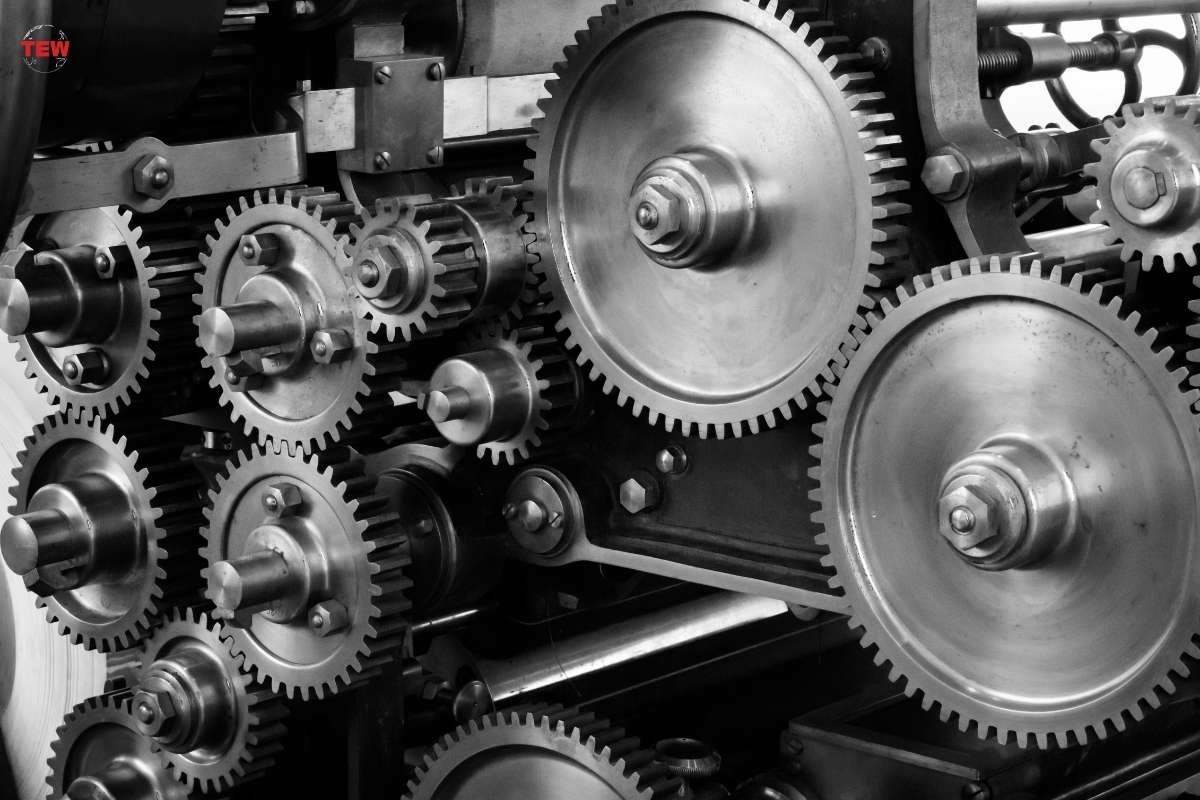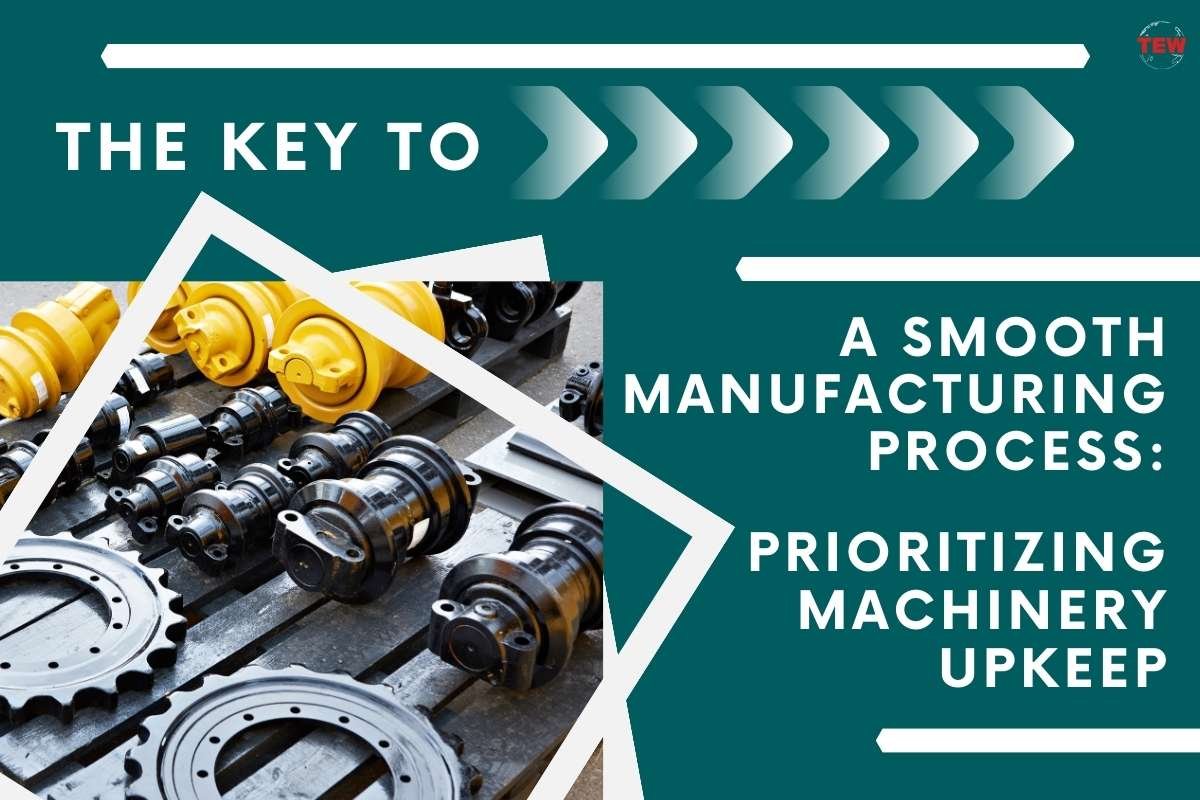The success of any manufacturing process relies heavily on the smooth operation of machinery. When machines function as they should, productivity soars and deadlines are met with ease. And this ultimately leads to seamless operations like a well-oiled machine.
However, when machinery fails, it can lead to costly downtime, missed deadlines, and a host of other problems that can significantly impact a business’s bottom line.
That’s why prioritizing machinery upkeep is so critical. Regular maintenance, timely repairs, and proper employee training are just a few of the key components that can help ensure machinery runs smoothly and efficiently.
In this blog post, we will show you the importance of machinery upkeep in more detail. Also, we will share some practical tips and insights to help you keep your machinery in top condition. Let’s get started!
The Importance of Regular Maintenance

Just like you take your car in for regular check-ups to avoid breakdowns, your machinery needs the same level of attention and care. Regular maintenance is the cornerstone of a smooth manufacturing process.
The Benefits of Preventive Maintenance
Preventive maintenance can seem like a chore, but its benefits far outweigh the time and resources spent. By routinely checking and servicing your machinery, you can have several benefits. It may include:
- Prevent costly breakdowns and extend the lifespan of your equipment.
- Improve efficiency by ensuring machinery operates at optimal levels.
- Ensure the safety of your workers by reducing the risk of accidents due to faulty equipment.
The Role of Professional Services
While routine maintenance can be managed in-house, there are times when calling in the experts is the best course of action. For example, specialized machinery might require the expertise of a professional spindle repair service to ensure it’s running smoothly. These professionals have the knowledge and tools necessary to diagnose and fix complex problems, ultimately saving you time and money in the long run.
The Right Tools for the Job
Having the right tools on hand is essential to effective machinery upkeep. This includes everything from lubricants and cleaning supplies to spare parts and diagnostic equipment. Make sure you have a comprehensive inventory of the tools and materials needed for regular maintenance and repairs.
Creating a Maintenance Schedule

A well-organized maintenance schedule is crucial to ensuring that all machinery is serviced at the right time. This includes regular inspections, cleaning, lubrication, and any necessary repairs.
The schedule should be tailored to the specific needs of each piece of equipment, taking into account the manufacturer’s recommendations and the machinery’s usage patterns.
Employee Training
Your workers play a vital role in machinery upkeep. Properly trained employees are more likely to notice signs of wear and tear and take the necessary steps to prevent breakdowns.
Investing in regular training sessions will empower your team to take an active role in maintaining the equipment they rely on every day.
Monitoring and Record-Keeping
Keeping detailed records of maintenance activities and machinery performance can provide valuable insights into potential problems.
So you need to keep in mind to take appropriate steps to monitor and track the history of repairs and replacements. Doing so can help you identify patterns and make informed decisions about when to upgrade or replace equipment.
Be Aware of the Lifecycle of Your Machinery

Recognizing the lifecycle of your machinery is fundamental to your maintenance strategy. Each machine has a lifespan, and understanding where each piece of equipment is in its lifecycle can help you make informed decisions about repairs, maintenance, and replacement.
Additionally, keeping an eye on technological advancements and industry trends can also inform your decision-making process. Sometimes, replacing outdated machinery with newer, more efficient models can result in significant cost savings.
Investing in Quality Machinery
While the upfront cost of quality machinery can be higher, the long-term benefits far outweigh the initial investment. High-quality machines are generally more reliable, have longer lifespans, and require less maintenance than their cheaper counterparts.
When purchasing new equipment, consider the total cost of ownership, including maintenance, repairs, and potential downtime, to make the best decision for your operation.
Bringing It All Together
Now, you will agree that a smooth manufacturing process starts with prioritizing machinery upkeep. If you keep certain things in mind, like investing in regular maintenance and empowering your employees with the right tools and knowledge. You can avoid costly breakdowns and ensure that your operations are smooth. So, take the time to assess your current maintenance practices and make the necessary adjustments. If you do so, you will easily be able to reap maximum benefits.




